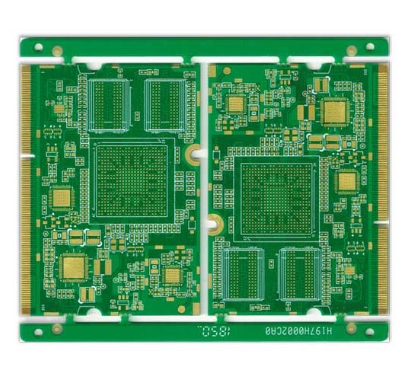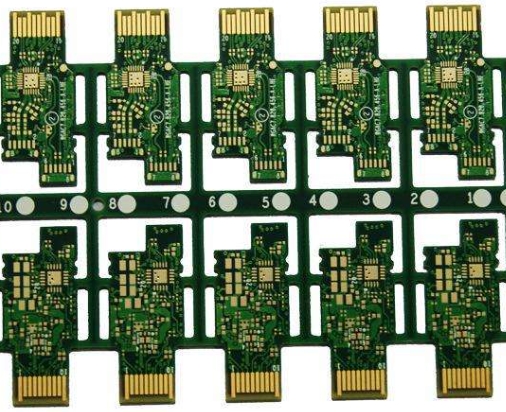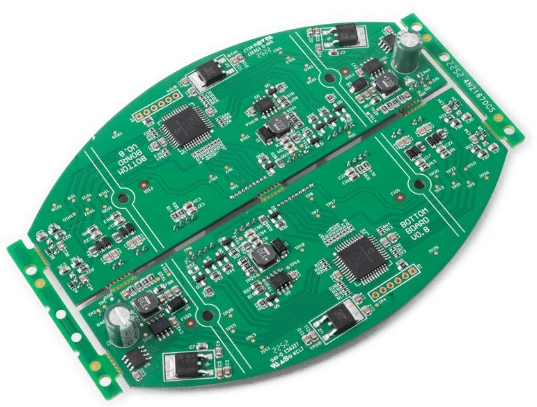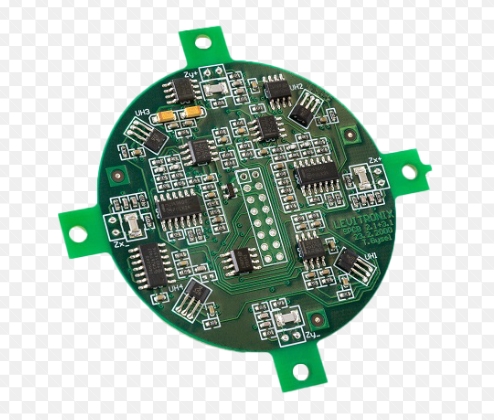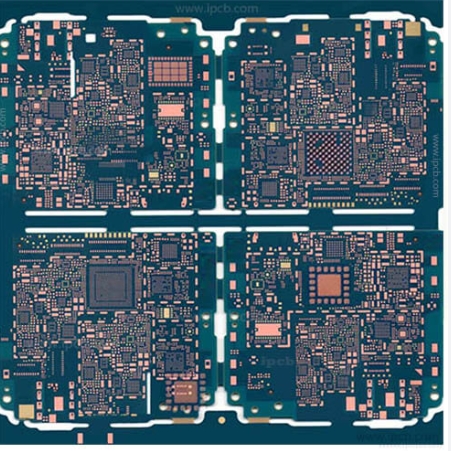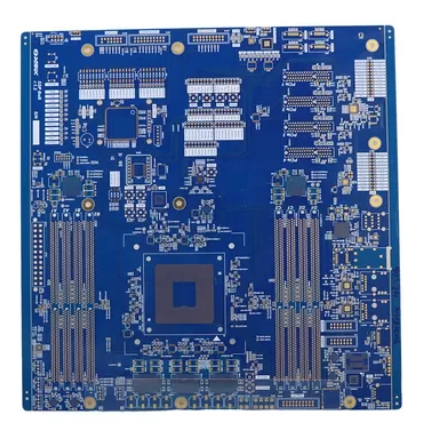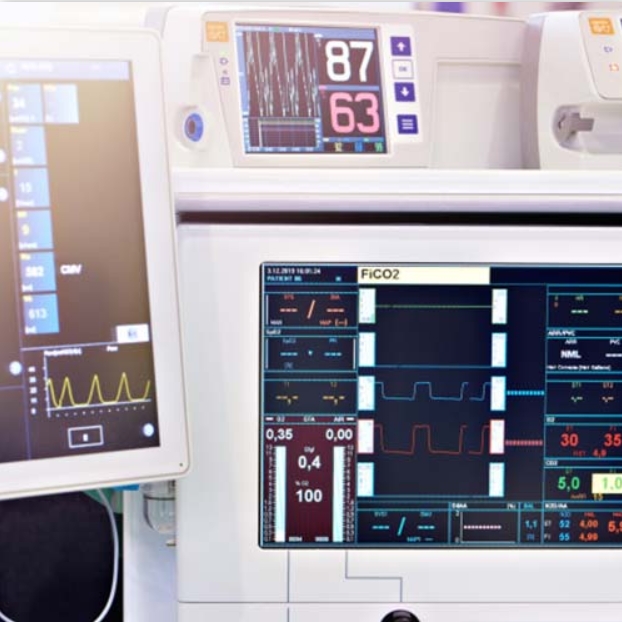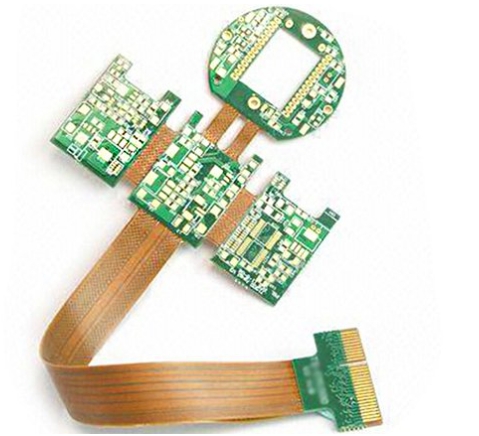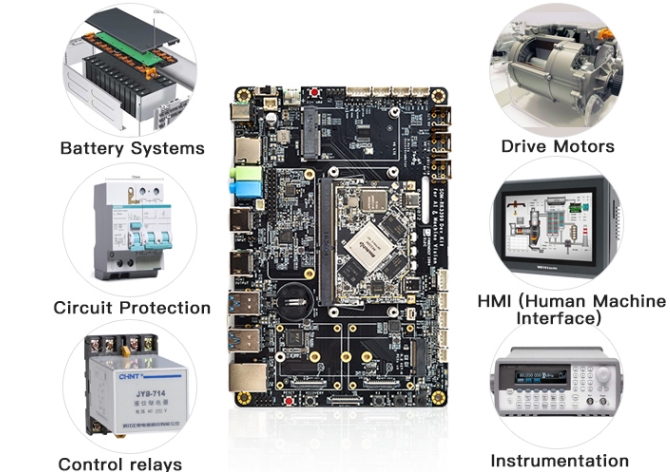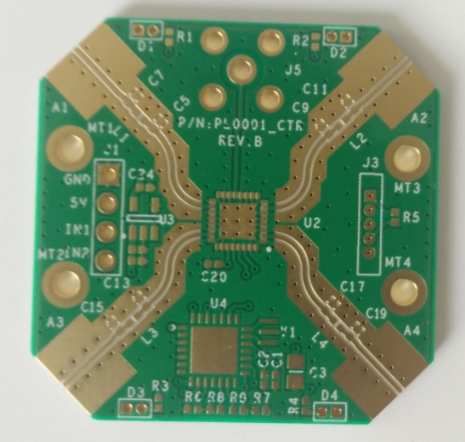2 layer and 4 layer PCBs are two of the most commonly used PCB types in technology. There are many other options regarding PCB layers, such as one, 04 layers to 6 or 8 layers PCBA. But 2-layer and 4-layer PCBAs are widely used in most prototype or technical devices because of their ease of installation....
Blog
Explore the KKPCB Blog for the latest PCB manufacturing and assembly news, industry insights, expert tips, and technology trends, helping you stay informed and optimize your electronics projects.
Printed Circuit Boards (PCBs) are valuable electronic components that help improve the efficiency and performance of machines. Therefore, regardless of size, number of production units and purpose, vigilance must be maintained in their manufacturing process. However, what needs to be considered is the use of different types of PCBs. Multilayer PCBs account for more than 50% of the...
Surface Mount Technology (SMT), SMT Components, and SMT Equipment are all terms for this technology. Almost all commercially produced equipment in the electronics assembly industry today uses Surface Mount Technology (SMT), mainly because of its advantages in the PCB manufacturing process and the fact that a large number of electronic components can fit into a...
In recent years, electronic products have become increasingly complex and integrated into people’s daily lives. However, there are still two popular methods for soldering electronic components together to build circuits: Surface Mount Technology (SMT) for PCB Assembly Through-Hole (PTH) PCB Assembly Both SMT PCB assembly and PTH assembly have unique advantages and disadvantages. Understanding these differences can...
High Density Interconnect PCBs are becoming more and more important in the field of PCBs and electronics. However, there is an increasing need for smaller and lighter electronic components to operate. You need to add more functions in a smaller space to handle this. HDI boards help you achieve this goal. What is HDI Printed Circuit...
Printed circuit boards are widely used for the functionality of electronic devices. It is an essential item for prototyping. It has many layers of different materials. There are many varieties of printed circuit boards in terms of the materials used in their manufacture. Depending on the material, the choice of material determines the properties of any...
Technology is bringing a major revolution in the medical industry, especially in terms of the functionality and features of medical devices. The desire for innovation has influenced humans to think differently, changing the methods, techniques, and most importantly, the foundations of the medical industry. Modern medicine is the result of the extended role that technology...
Rigid boards are known for their joined-up look. While PCBs are in huge demand nowadays, flexible boards are the latest innovation in the industry. Flexible-rigid and flex-flex PCBs are the result. Rigid-flex PCB combine both rigid and flexible layers, while flex boards use only flexible materials. Flexible PCBs, on the other hand, allow for complete customization....
Due to the development of robotics and similar technologies, many different remote control devices are used in numerous fields. The assembly of printed circuit boards is essential for smooth movement and solid electrical connections between controllers and industrial machinery. Electronics must be rugged and able to withstand the harshest environments of industrial use. In addition, industrial control...
PCB is one of the essential components and devices in electronics due to its wide availability and simplicity. Among the various types and forms of PCB, high-frequency PCB is widely used due to its general purpose. What is High-Frequency PCB? A high-frequency PCB is very similar to any other form of PCB (printed circuit board). It is compatible with...

